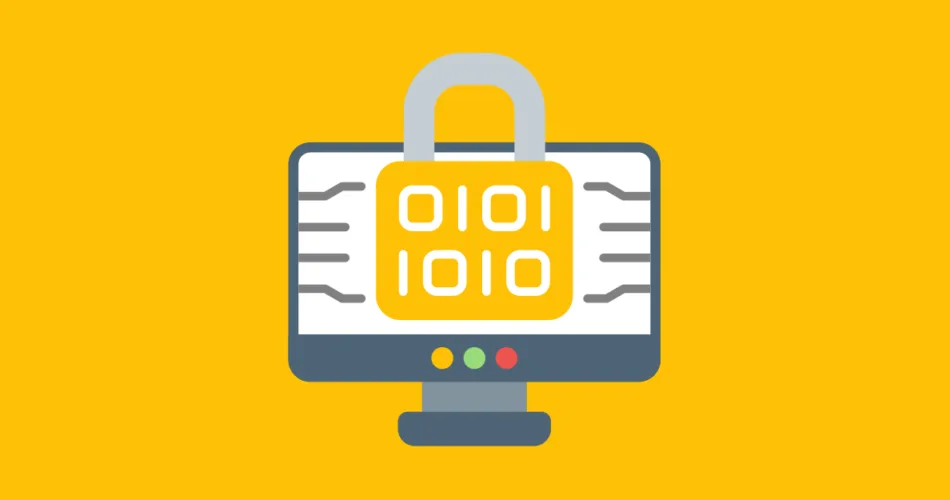Byte Streams and Character Streams in Java are fundamental programming concepts when it comes to handling I/O operations. They play a crucial role in reading and writing data to external sources like files, network connections, and more. In this post, we’ll explore the differences between Byte Streams and Character Streams in Java, along with examples of how to use them effectively.
Understanding Byte Streams
Byte Streams, as the name suggests, deal with raw binary data in the form of bytes. They are used for reading and writing data that is not intended to be interpreted as characters. Byte Streams are particularly suitable for handling images, audio files, executables, and other non-textual data formats.
In Java, Byte Streams are implemented through classes like InputStream and OutputStream. Here’s a simple example of how to use Byte Streams to read and write binary data:
import java.io.FileInputStream;
import java.io.FileOutputStream;
import java.io.IOException;
public class ByteStreamsExample {
public static void main(String[] args) {
try {
FileInputStream inputFile = new FileInputStream("input.txt");
FileOutputStream outputFile = new FileOutputStream("output.txt");
int data;
while ((data = inputFile.read()) != -1) {
outputFile.write(data);
}
inputFile.close();
outputFile.close();
System.out.println("File copied successfully.");
} catch (IOException e) {
e.printStackTrace();
}
}
}
In this example, we use FileInputStream to read bytes from an input file and FileOutputStream to write the bytes to an output file. Notice that we handle bytes, not characters, making it suitable for non-textual data.
Exploring Character Streams
Character Streams, on the other hand, are designed for reading and writing text-based data as characters. They are more suitable when you’re dealing with textual data, such as reading and writing strings or other character-based information.
Java provides character stream classes like Reader and Writer. Let’s take a look at a simple example of how to use Character Streams to read and write text data:
import java.io.FileReader;
import java.io.FileWriter;
import java.io.IOException;
public class CharacterStreamsExample {
public static void main(String[] args) {
try {
FileReader inputFile = new FileReader("input.txt");
FileWriter outputFile = new FileWriter("output.txt");
int data;
while ((data = inputFile.read()) != -1) {
outputFile.write(data);
}
inputFile.close();
outputFile.close();
System.out.println("File copied successfully.");
} catch (IOException e) {
e.printStackTrace();
}
}
}
Similar to Byte Streams, this example uses FileReader to read characters from an input file and FileWriter to write the characters to an output file. Here, the data is treated as characters, making it suitable for textual information.
Choosing the Right Stream
The choice between Byte Streams and Character Streams depends on the nature of the data you’re working with. If you’re dealing with binary data, such as images or audio files, Byte Streams are the way to go. On the other hand, for text-based data, Character Streams provide a more appropriate approach.
It’s important to note that Java’s I/O classes are designed to work together seamlessly. You can wrap a Byte Stream with a Character Stream using classes like InputStreamReader and OutputStreamWriter to bridge the gap between raw binary data and character-based data.
Understanding the distinctions between Byte Streams and Character Streams allows you to handle different types of data effectively and efficiently, enhancing your Java programming skills.
Conclusion
Byte Streams and Character Streams are essential components of Java’s I/O framework, catering to different types of data requirements. Choosing the appropriate stream type based on your data’s nature ensures efficient and accurate I/O operations. So, as you advance in your programming journey, a solid grasp of these concepts will contribute to writing more versatile and effective Java applications.
Subscribe to our email newsletter to get the latest posts delivered right to your email.


Comments